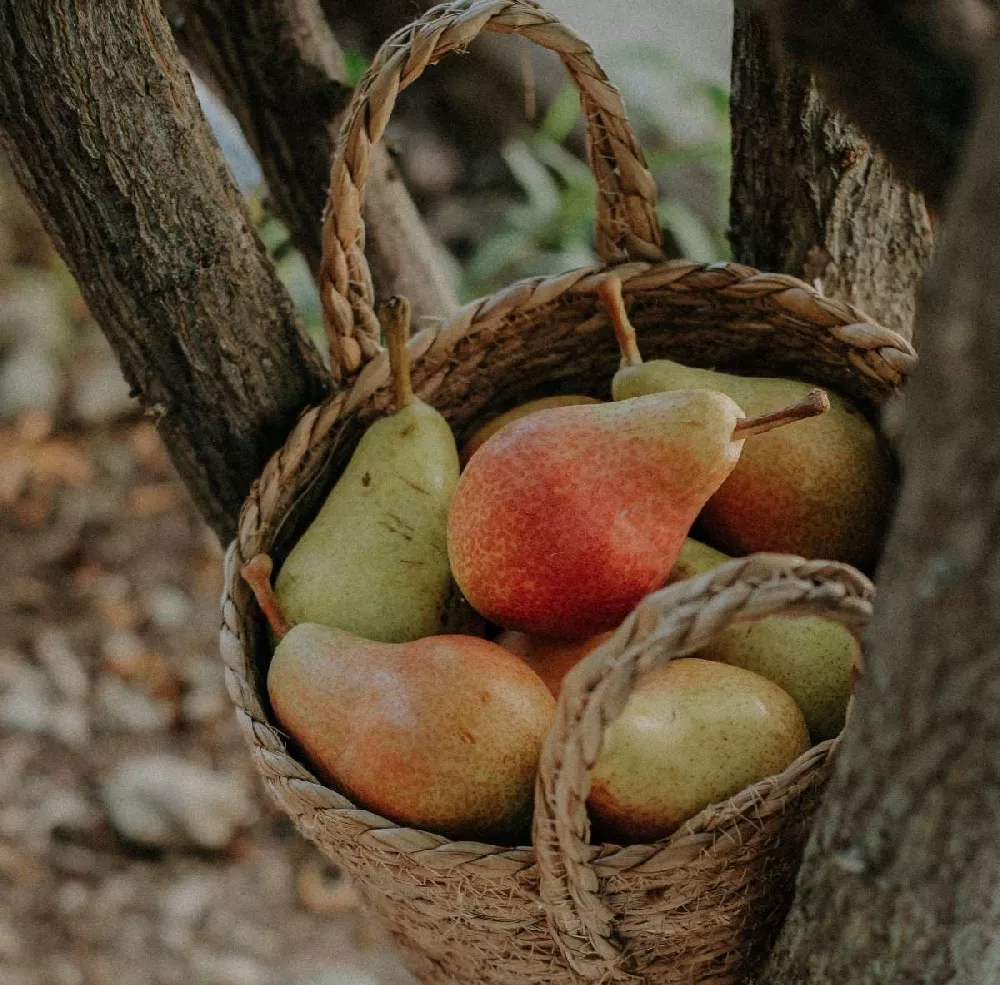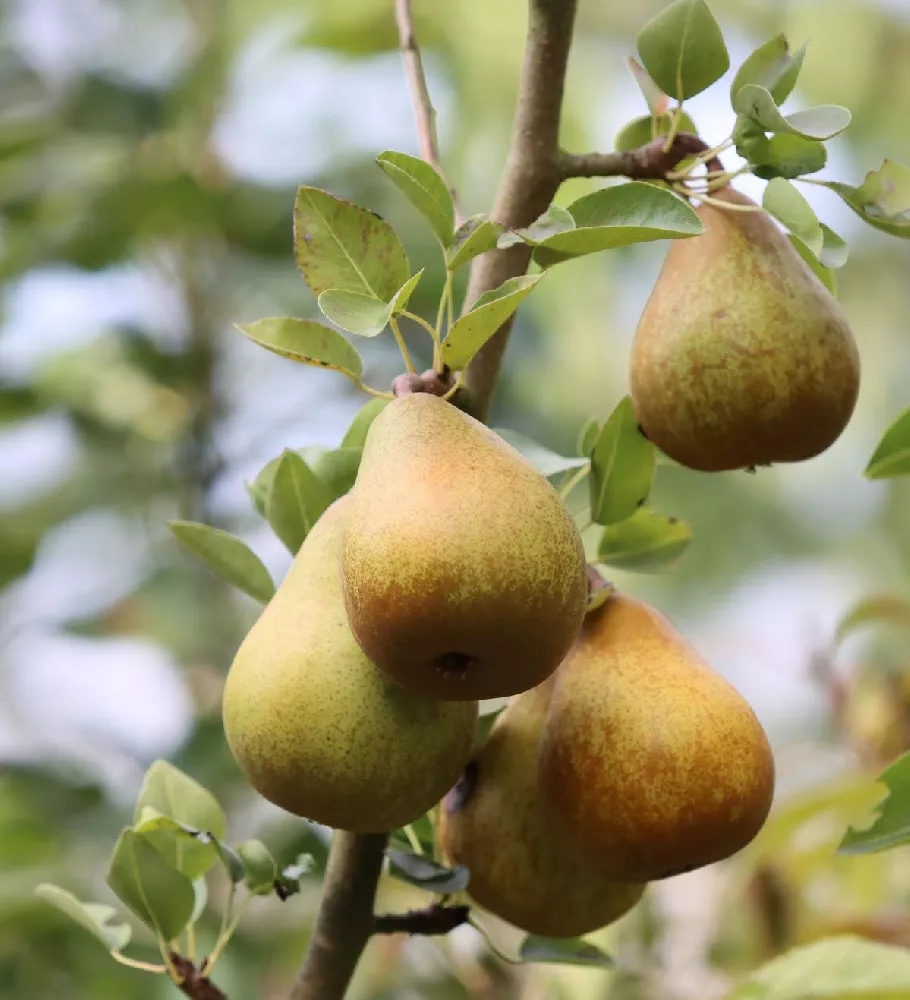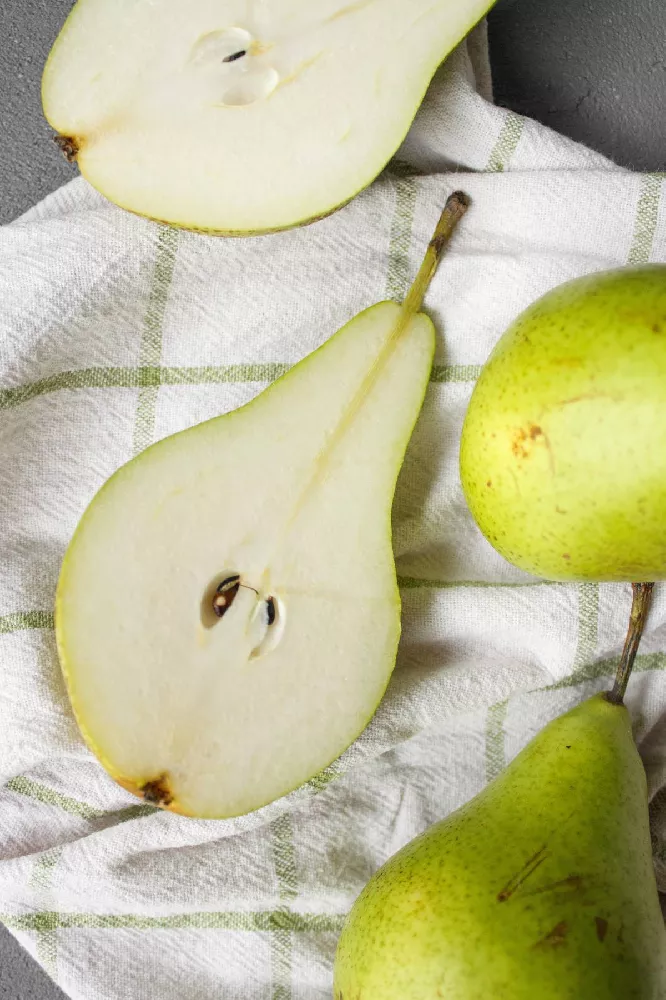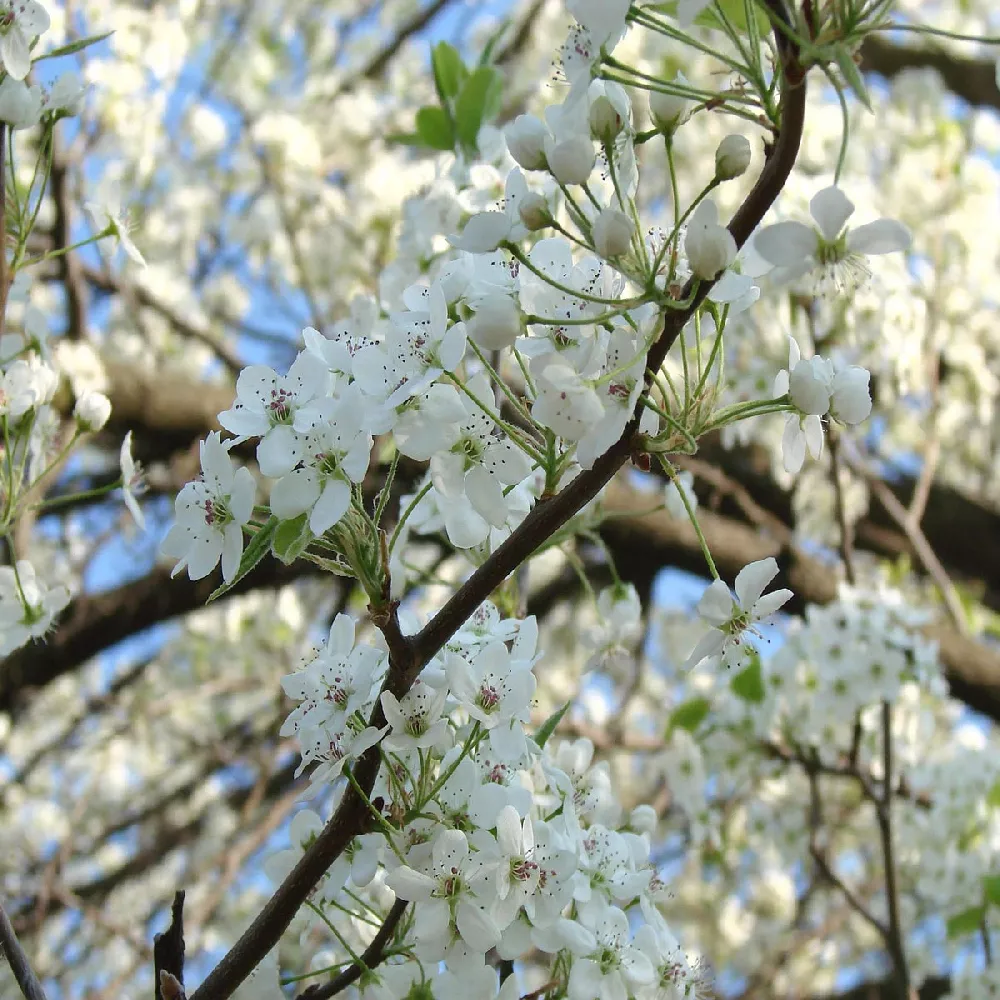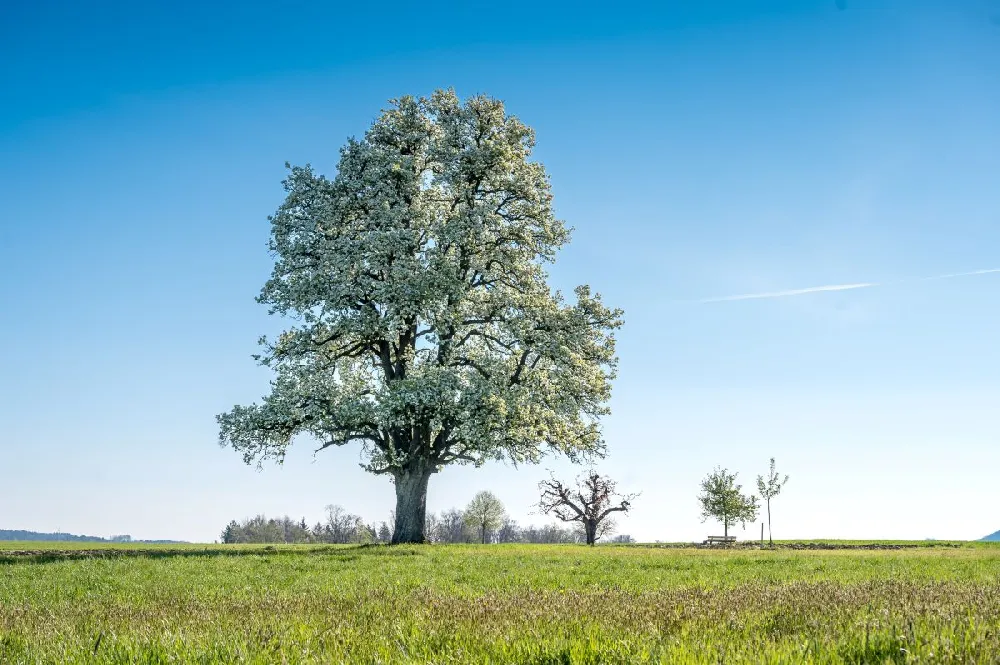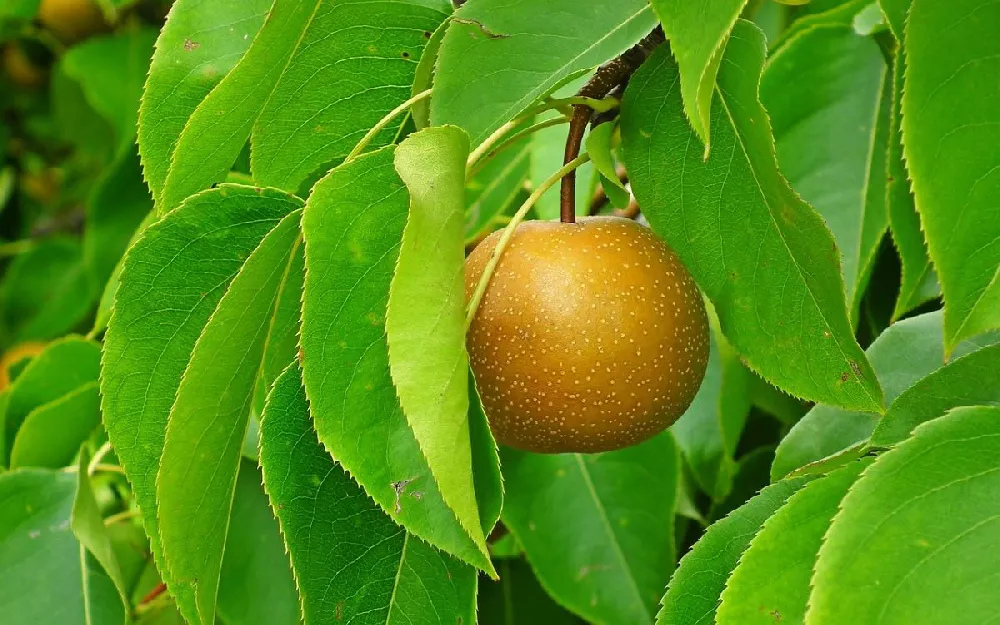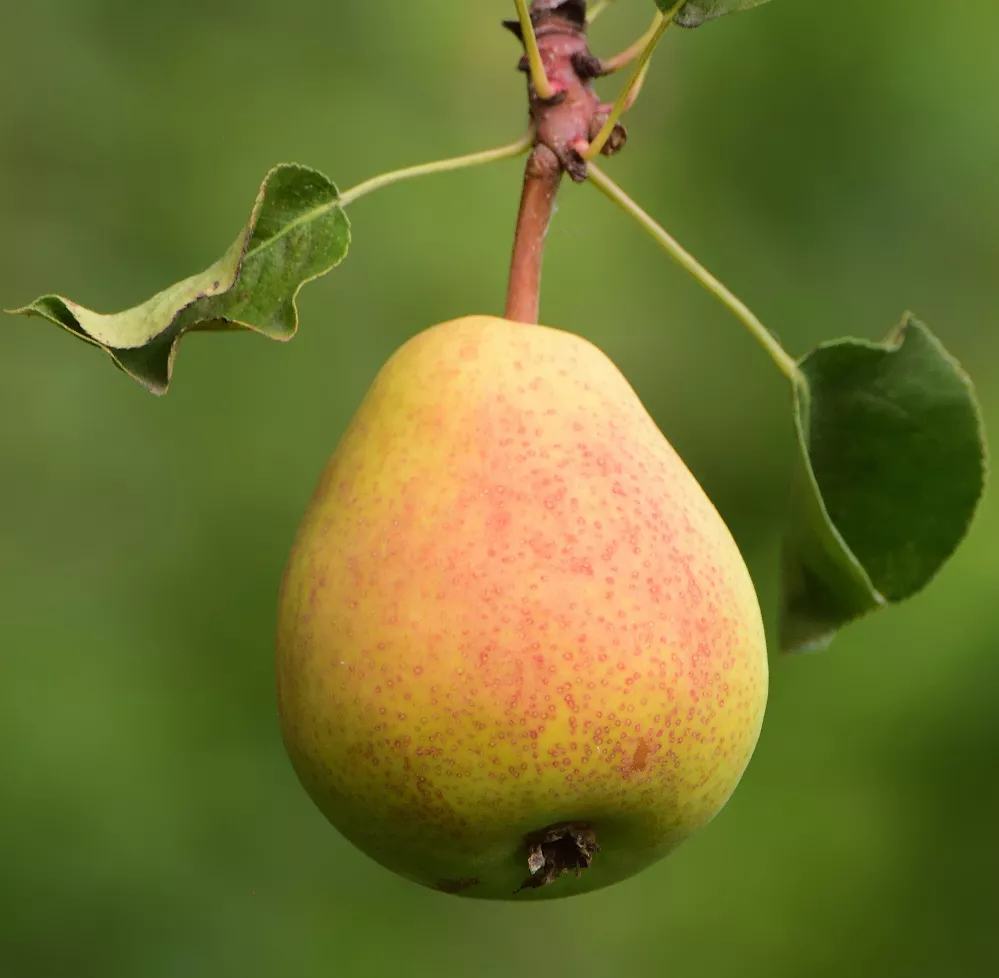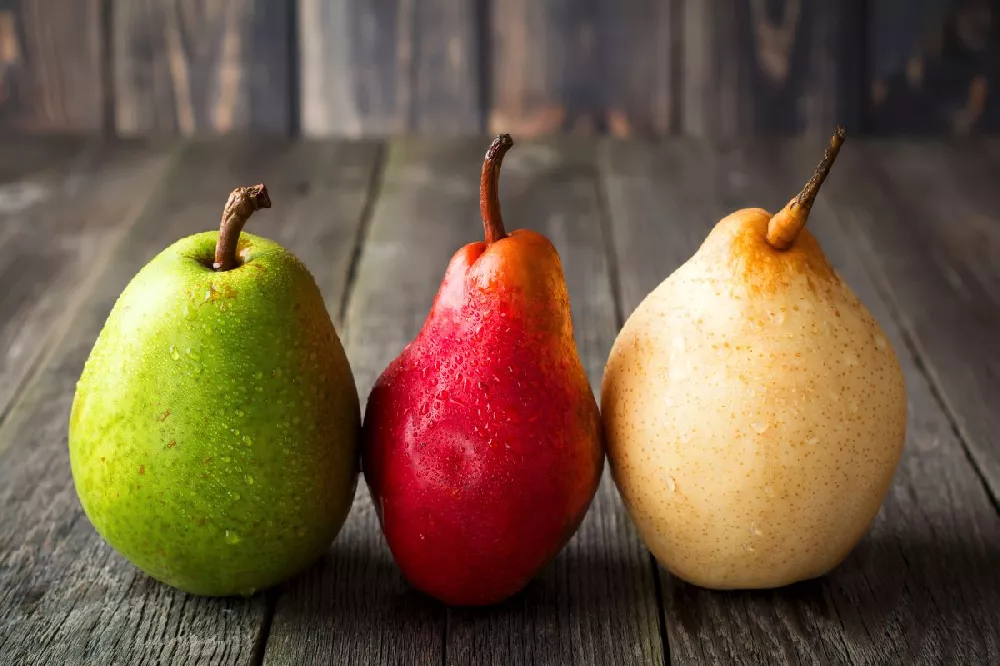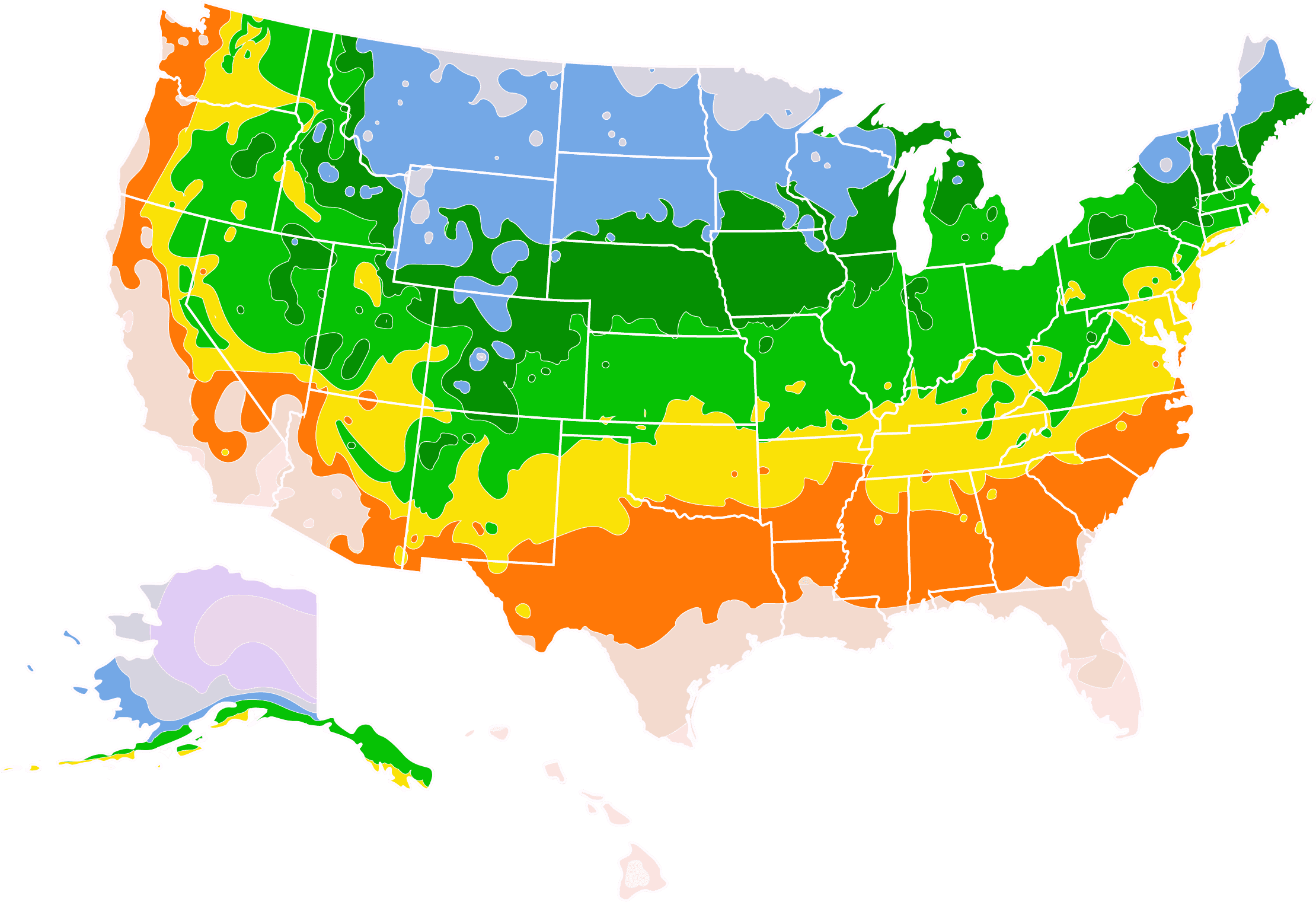- Home >
- Fruit Trees >
- Summercrisp Pear Tree
Summercrisp Pear Tree for Sale - Buying & Growing Guide
- Ships in 1-2 days
- 1-Year Warranty Eligible
- Pots or accessories are not included unless specified in the product options.
Shipping Details:
Once your order is shipped, you’ll receive an email with a tracking number and estimated delivery date. Most orders ship immediately, but some items are seasonal and may only ship in spring or fall. These products are noted on the website.
The summercrisp pear tree, known botanically as Pyrus communis 'Summercrisp,' bears its fruits at the end of summer, which is much earlier than most common pear trees. The fruit quality itself is also different than most pears as the summercrisp pears have much firmer flesh that gives a nice crisp when you bite into it. Amazingly, the summercrisp pear tree is also cold hardy and can survive outdoors in most of the United States.
- The summercrisp pear tree bears its delicious fruits a bit earlier than other pears.
- The summercrisp pear tree survives outdoors throughout most of the contiguous U.S.
- The fruits of this tree maintain a crisp texture and a bold flavor.
Plant Care
Sunlight

Grow your summercrisp pear tree, where it can receive at least six hours of daily light or more.
Watering
When mature, the summercrisp pear tree can survive on rainfall alone. During establishment, water this plant about once per week.
Fertilizing

Fertilize once per year in spring or once every few years using a nitrogen-rich fertilizer.
Planting and Care
Planting instructions
The summercrisp pear tree must grow in a location that gets full sunlight and has soils with great drainage. Once you find such a location, you should dig a hole that is deep enough to keep the plant’s root flare exposed just above the soil’s surface. The hole should also be about twice as wide as the root ball. Give your summercrisp pear tree at least 10 feet of spacing in all directions to allow it to develop its full form.
Watering and nutrients
A newly-planted summercrisp pear tree will need water about once per week. However, once this plant is mature, it will likely survive off rainfall alone but be ready to supply water during any considerable heatwave or prolonged drought. Generally, the summercrisp pear tree does not need a lot of fertilization. Plan to feed your tree about once per year during spring or about once every few years. When fertilizing, be sure to use a fertilizer that has plenty of nitrogen.
Pollination
The summercrisp pear tree is typically not self-fertile, which means that a single plant will not produce fruits on its own. Instead, you will need to plant a companion pollinator plant nearby to allow for cross-pollination. There are several types of pear trees that you can use for this role, including the comice, bartlett, and bosc pear varieties. Be sure to plant these trees within 50 feet of one another to ensure a successful pollen transfer.
Pruning
Another convenient feature of the summercrisp pear tree is that it requires very little pruning. In fact, many summercrisp pear trees will remain healthy without any pruning at all. Still, some pruning can be beneficial. Mainly, you should make sure that you remove any branches that are dead or broken. As is true for many plants, it is best to prune your summercrisp pear tree during the late winter or early spring as the plant begins to put forth new growth.
Pests, diseases, and animals
Unfortunately, pear trees are known to encounter several disease issues, including black spot, leaf spot, leaf blight, and various fungal infections. However, the pear variety known as the summercrisp pear tree is far more resistant to disease than most pear trees. This plant is especially resistant to fire blight, a disease that commonly kills flowers and causes dieback. Despite that disease resistance, the summercrisp pear tree is still vulnerable to common insect pests like moths, mites, and aphids.
Harvesting
Most summercrisp pear trees will be ready for harvest during the month of August. Throughout late spring and summer, this plant will develop its fruits, which start with a green color. When harvest time arrives, the fruits should have already changed from green to yellow. Once this color change occurs, you can use your hands to remove fruits individually by gently twisting them. It should be relatively easy to remove each fruit if it is sufficiently ripe.
Achieving maximum results
The timing of your harvest can affect the overall texture and quality of your summercrisp pear tree fruits. For example, if you leave a ripe fruit on the tree for too long without picking it, there is a good chance that the fruit’s flesh will lose its crispness. Also, it is important that you store these fruits properly. Ideally, you should place your fruit in a perforated bag and store it in the refrigerator. You should not allow these fruit to sit at room temperature as they will go bad much more quickly.
FAQs
Why is it called a summercrisp pear tree?
The name summercrisp pear tree comes from two distinct traits that set this plant apart from other pear trees. First, the summercrisp pear tree offers a harvest in the summer rather than later in the year, as many pears do. Second, the flesh of this tree's fruits is considerably firmer than that of other popular pears, hence the common name summercrisp.
Do summercrisp pear trees use wind pollination?
The summercrisp pear tree is unable to rely on wind currents to spread its pollen effectively. Instead, the summercrisp pear tree requires a group of pollinator insects to carry their pollen from one tree to another. When this plant is in bloom, you can expect it to attract many such pollinator species to your yard. Planting your summercrisp pear close to its pollinating companion plant makes it that much easier for the insects to perform their important role.
Can an apple tree pollinate a pear tree?
Interestingly, you don't necessarily need to plant another pear tree to conduct cross-pollination for a summercrisp pear tree. While using another pear variety for this role is ideal, apple trees can also play the role of pollinating pair for the summercrisp pear tree. The key to using an apple tree to pollinate a pear tree is to ensure that the two trees bloom at the same time.
Compare Similar Products
You can't add more Product Name - Product size to the cart.
OK